Organic whole cane sugar
Whole cane sugar is distinguished by a natural, brown colour and a caramel flavour. Organic whole cane sugar and other types of sugar are available in high quality from wholesaler August Töpfer & Co.
An overview of different types of sugar
The term sugar is used in place of the technical term “sucrose”. This denotes sugar extracted from certain plants. Most consumers associate the most prevalent type of sugar – white sugar or Industrial sugar – with this term. In Germany and other regions with a temperate climate, sugarbeet is grown to produce sugar. This crop is ideal for sugar extraction due to its high sucrose content. Sugarcane accounts for the majority of sugar production worldwide. However, this raw material only grows in tropical and subtropical regions.
Three common types of sugar can be made from sugarcane and they vary according to the degree of refinement. The most refined form of cane sugar is uncommon in Germany, as it does not differ from beet sugar which is popular here. Conversely, the other two types of sugar – whole cane sugar and raw cane sugar – are also available in the wholesale trade in Germany. In its raw state, sugar obtained from sugarcane or sugarbeet is brown in colour. This colour can still be seen in whole cane sugar and raw cane sugar.
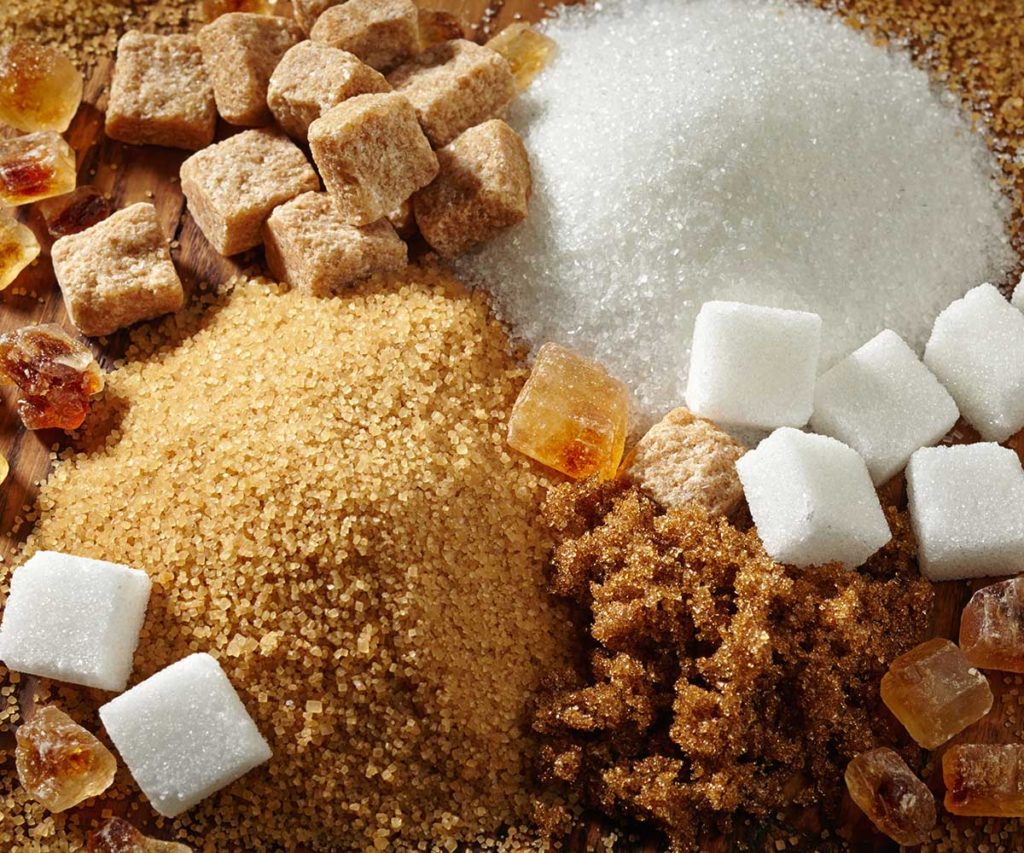
Sugarcane – raw material for whole cane sugar and more
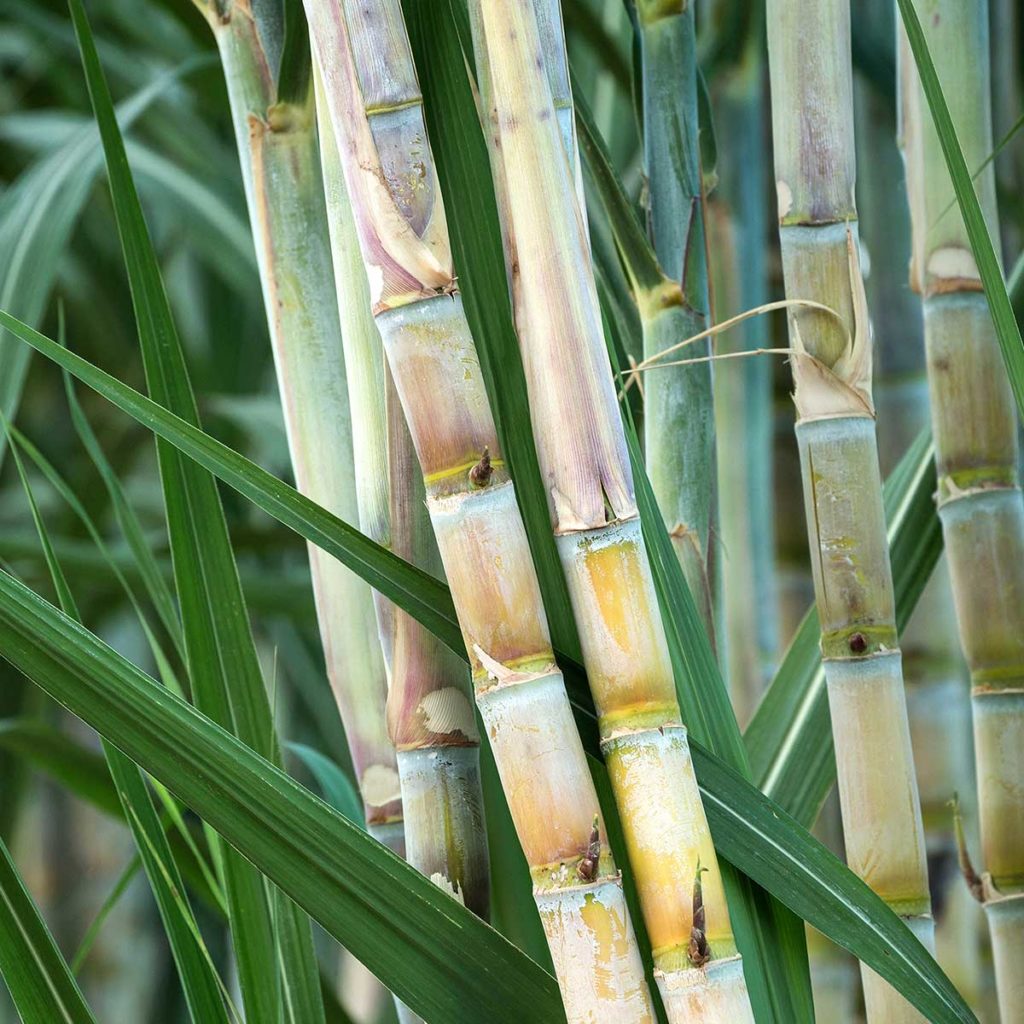
Sugarcane belongs to the family of sweet grasses and originally comes from East Asia. The ideal temperature for this renewable resource is between 25 and 30 °C. The temperature should not fall below 15 °C, otherwise growth of the plant is impeded. This plant is therefore only prevalent in countries with a tropical or subtropical climate. In the temperate climatic zone of Europe, sugarbeet is used to supply the raw material for sugar production. It was not until 2004 that the World Health Organization opened the European market up to cheaper cane sugar, which further increased the global importance of this product. Today, sugarcane provides 70 percent of sugar used worldwide. What’s more, the plant is important in the production of bioethanol fuel.
The plant has been cultivated for the extraction of sugar for over 2,500 years. However, the price for the sweetener only became affordable for average households much later. Today, cane sugar is common around the world and is found in numerous processed foods and in unprocessed form in many households. In 2017, 1.8 million tonnes of sugarcane were produced worldwide. Alternative terms for cane sugar indicate the country of origin; the most well-known varieties include muscovado from India and mascobado from the Philippines.
Production of organic whole cane sugar
Sugarcane pulp contains up to 20 percent sugar. To extract and use this sugar, the sugar juice of the plant is first obtained through pressing. In countries like Cuba or Spain, this juice is used without further processing for the production of drinks. To produce sugar, the extracted juice is then filtered and boiled down multiple times. This results in a viscous syrup that becomes darker with every round of the process. In contrast to white sugar, crystallisation is not stimulated in the production of whole cane sugar. It is therefore necessary to grind the mass after cooling. No further treatment or processing takes place for this type of sugar. Due to this reduced production process, whole cane sugar is considered an unrefined type of sugar and a precursor to cane sugar, which retains the flavour and minerals of the plant.
In most cases, whole cane sugar is a brown sugar. Depending on the purification of the product and the amount of molasses, the colour of some varieties appears grey. Light whole cane sugar from the wholesale trade contains a lower amount of syrup and therefore has a less distinct flavour. Another difference compared to white sugar can be found in the coarser and harder granulation.
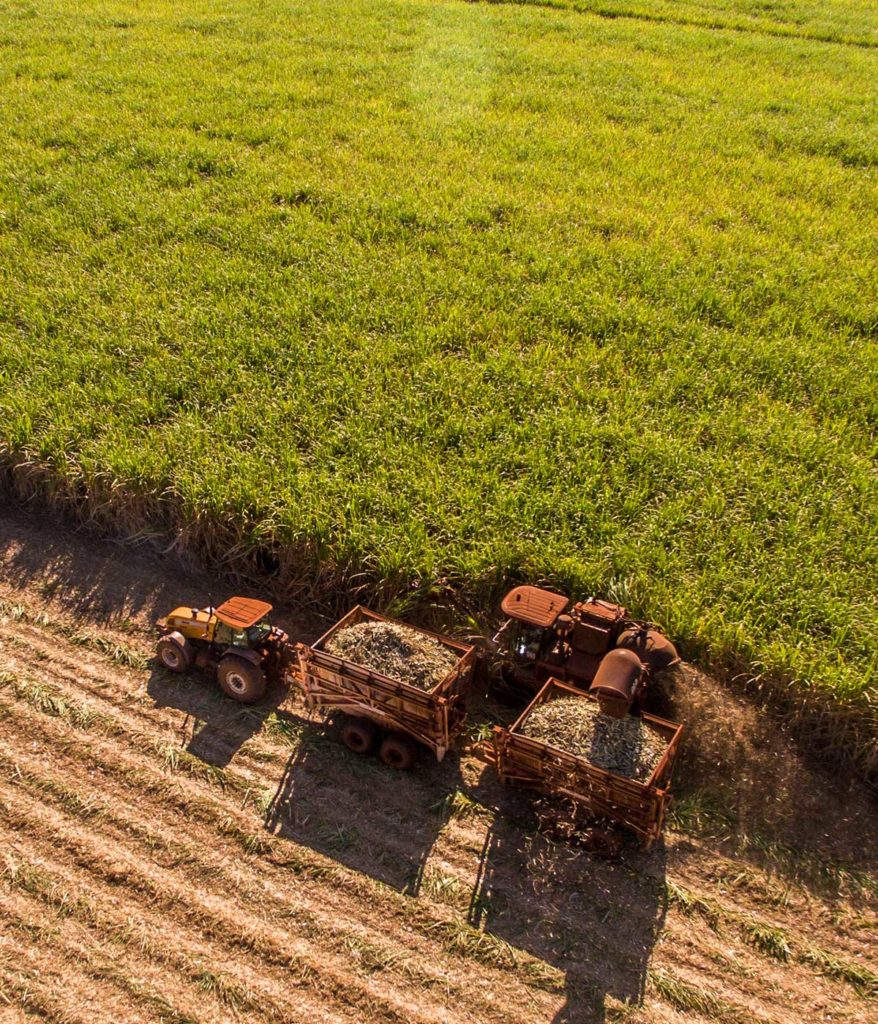
A by-product of the production of whole cane sugar is bagasse. Around a third of it is used for the production of heat and energy, which in turn goes towards sugar production. The remaining two thirds are used as a raw material in various applications, for example as a fuel in households, for the production of electricity and as a basis for making packaging materials.
Differences between whole cane sugar and raw cane sugar
When it comes to the terms whole cane sugar and raw cane sugar, consumers are often uncertain where the differences and similarities between the two varieties of sugar lie. Both sugar varieties are produced from the tropical sugarcane plant. The production process varies, however, and results in products with a different appearance and flavour.
The production of whole cane sugar is described in greater detail in this article. The content of molasses in this product is around five percent. By contrast, raw cane sugar is treated further after thickening the juice, which reduces the amount of molasses to around two to three percent. This is also a precursor to the commonly known cane sugar. Raw cane sugar is refined at least once during the production process. The deliberately added crystals help form brown sugar crystals. In the case of white sugar, refining is performed repeatedly alternating between dissolving and crystallising the sugar crystals. For raw cane sugar, the crystals are washed, centrifuged and finally dried even earlier. The dark colour of this type of sugar thus stands out from common white sugar. Since the amount of molasses is lower compared to the production of whole cane sugar, the brown colour is somewhat less pronounced.
| Whole cane sugar | Raw cane sugar | |
|---|---|---|
| Raw material: | Sugarcane | Sugarcane |
| Production: | Boiled-down syrup is cooled and ground | Use of seed crystals for crystallisation, refined once |
| Molasses content: | Around five percent | Around two to three percent |
| Colour: | Grey to brown | Brown, lighter than whole cane sugar |
| Flavour: | Strong flavour, like caramel | Less distinct flavour |
Although clear differences exist between whole cane sugar and raw cane sugar, the two terms are often used as synonyms. It is particularly difficult to recognise originally white industrial sugar that has been coloured brown with caramelised sugar syrup. This product is frequently sold as “brown sugar”. However, its production involves much more industrial processing and is not the same as whole cane sugar or raw cane sugar.
Composition of whole cane sugar
Whole cane sugar is a precursor to refined Cane sugar and is much less common compared to conventional industrial sugar. The composition of both types of sugar differs significantly as a result of how they are processed. Whole cane sugar consists of around nine percent molasses, a form of sugar syrup. That is why the minerals, vitamins and flavours contained in the raw sugar juice are part of the unrefined sugar. This includes calcium, potassium, iron, magnesium and manganese. These contents give whole cane sugar a distinct, characteristic flavour that resembles caramel or liquorice – depending on the percentage of molasses. In some cases, however, producers carry out a cleaning process using lime and carbon dioxide which removes these contents.
Some consumers assume that whole cane sugar is healthier than white sugar due to the natural contents of sugarcane. The actual vitamin content of the sugar is dependent on the amount of molasses contained, which is different from product to product.
Moreover, an unhealthy amount of sugar containing very high levels of energy would have to be consumed for a sufficient intake of minerals. Consequently, whole cane sugar is not an appropriate source of nutrients. Preference should therefore be given to other sources of vitamins and nutrients.
Scientific studies also investigate the question of whether whole cane sugar is healthy as well as the health benefits compared to conventional white sugar. The issue of cavities is relevant here. The results of these studies are unclear, however. One possible cause for the contradictory results is that the chemical composition of sugar is not responsible for the formation of cavities. To the contrary, if mechanical abrasion is decisive when chewing, this would lead to different results depending on the study.
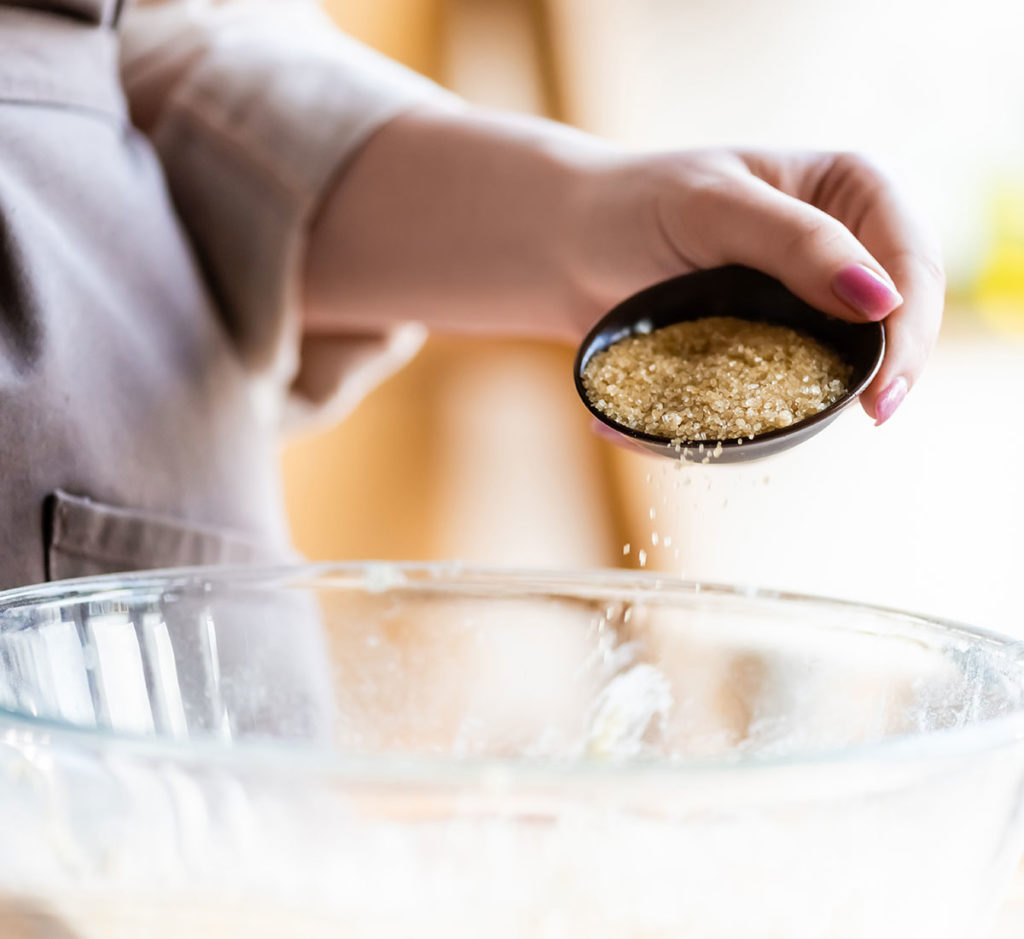
Use of whole cane sugar
White granulated sugar is the most popular type of sugar. In Asia and South America, whole cane sugar is a traditional sweetener. Conversely, in Germany it is a much less widespread form of sugar in the wholesale trade. How is whole cane sugar used? Generally, it can be used to sweeten food and drink as usual. The two main differences compared to conventional white sugar is the brown colour and the caramel-like taste of this alternative sugar. These characteristic qualities have an effect on the end product and are not always desired.
Whole cane sugar is particularly suitable for use in dark baked goods, cakes and cookies. Depending on the amount of molasses still contained in the sugar, whole cane sugar influences the flavour of the end product considerably. The sweet flavour is ideal for use in creams, chocolate, muesli and drink powders. Whole cane sugar is also suitable for savoury dishes and sauces.
Our whole cane sugar is certified:
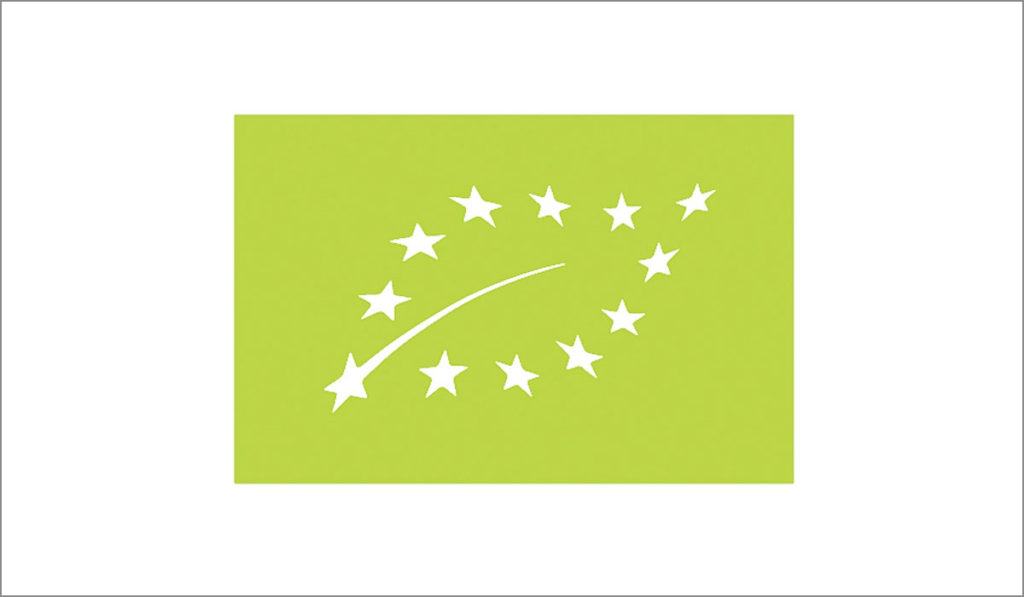
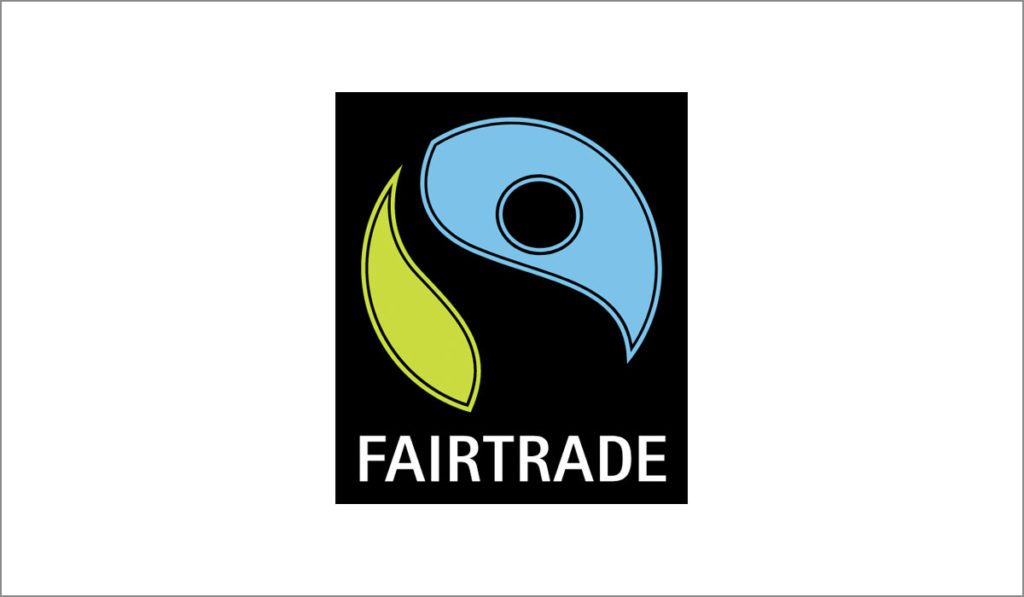
Buy organic whole cane sugar from wholesaler August Töpfer & Co.
The traditional wholesaler August Töpfer & Co. from Hamburg is the largest German distributor, offering a wide selection of high-quality sugar products. Our cane sugar range encompasses conventional cane sugar, irregular cane sugar lumps, whole cane sugar and muscovado, among others. What’s more, we also offer a wide range of products in organic quality, including organic whole cane sugar and organic cane sugar cubes.
Our varied customers include leading European retailers and discounters as well as the confectionery industry. In order to address every application and individual customer requirements, we offer our products in various packaging units, such as in 10 and 25-kilogram whole cane sugar packages. August Töpfer & Co. sources all raw materials directly from carefully selected producers in the country of origin and produces small packaging units in Hamburg or in Mauritius.
When buying whole cane sugar online, it’s important to ensure correct storage. This type of sugar attracts moisture more than other varieties due to the higher water content and is therefore susceptible to clumping. Moreover, whole cane sugar provides the right conditions for infestation by mould and microorganisms. Dry storage in a sealed container in a dark place adequately protects the product and extends its shelf life.
